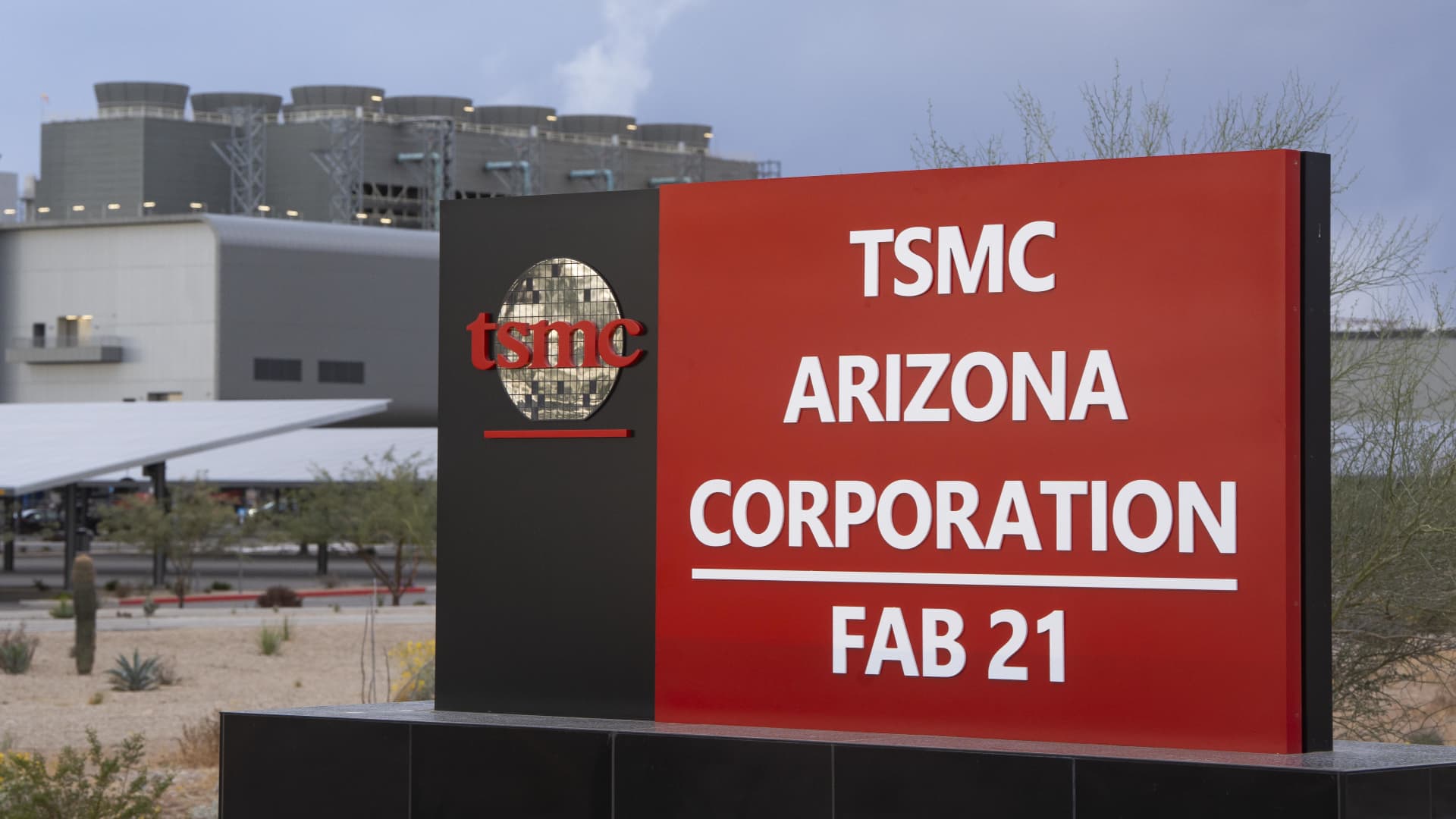- Family offices are diversifying investments amid US market dominance.
- US equities dominate portfolios due to strong performance, but diversification is required.
- Active managers are hired for more selective investments in US small caps and foreign markets.
The idea that ultra-high-net-worth individuals are more concerned with wealth preservation than alpha generation — gains above the board market — isn’t necessarily true.
One of the hardest parts of Ahmed Husain’s role is working to meet the diverse needs of his clients. As the global head of family offices at Neuberger Berman, he works with over 1,000 single-family offices globally that manage a minimum of $1 billion, about the top 0.01% of wealth holders.
Their risk appetite is diverse, Husain said: first-generation wealth creators who made their money, or second-generation wealth creators who have inherited an operating business, have a bigger risk tolerance, which likely comes from having a continued income stream. But those from third or fourth-generation wealth who have not earned it or are responsible for multiple heirs — something common among European family offices — are more concerned with preserving what they have.
But like the broad market, they, too, have ridden the ebbs and flows of public markets. A typical family office’s performance has matched or trailed the S&P 500, being generally down by 10% to 15% in 2022, slightly recovering with an 8% to 12% return in 2023, and finally seeing good gains in 2024, with the typical European family office up about 13% to 15% and US family office up by about 15% to 17%, Husain said.
It’s generally because of their heavy exposure to the broad US market.
Whether the client is in the US or Asia, 80 to 90% of their book wealth is in US public equities or US private markets, Husain noted. It sounds concentrated, but many started with less exposure, near 40% to 50% and over the past decade or so, US outperformance has increased that exposure heavily. It’s why everything from US inflation to Washington’s policies concerns them.
“I am surprised,” Husain said of the number of clients, some of which have upward of $30 to $50 billion in wealth that have, say, $12 billion just sitting in the S&P 500.
Not only has the index giant’s performance been stellar, especially over the last two years, racking in gains above 20%, but US markets are transparent, built on a strong and stable currency, with leading companies run by high-performing CEOs with the best pay packages who find ways to squeeze margin, he said. All of that has been a strong attractor for wealth from every corner of the globe.
The trend toward indexing and away from active investing isn’t new, but it wasn’t as expected for family offices that lean into customized investing strategies. However, ultra-high-net-worth individuals have been firing their active managers because it’s just been hard to beat the S&P 500, he said.
So now, at the beginning of 2025, they’re finding themselves super long the US dollar and US assets, and for risk purposes, there’s a strong sense that they should be diversified. But clients had the same concern in 2022 and 2023, leading them to diversify in foreign markets like China, Japan, and Europe, which didn’t really work out either, he added.
Going into 2025, questions about the big risks and opportunities in US equities have dominated the conversation across offices as they seek ways to balance exposure.
“Some clients are like, ‘Look, we are limited. We’re a family office, we don’t have thousands of people,” Husain said. So they either throw their human resources toward private markets or, if they decide to have active managers, they become very selective, seeking contrarian managers who oversee the Japanese and European markets or who can find alpha—above market returns— in US small caps, he said.
The US small-cap market is full of stocks that can outperform. But not if you go into it passively through the Russell 2000, which is poorly made, merging thousands of low-quality companies with weak earnings and balance sheets, Husain said. In this instance, family offices are willing to hire a small manager with $500 million to $3 billion of AUM, who can be very selective.
Obviously, these companies are likely to be more volatile, but the bullish view family offices have on US growth under President Donald Trump suggests that small local companies may do well.
“Once you start going off index, and you’re owning companies that are not going to get the momentum flow of just passive money, everything comes down to really deep fundamental analysis,” Husain said. In other words, things like a firm’s three-year business plan, execution success, and inflection points really matter.
As for developed markets, valuations are just too attractive. Even as European growth stalls, Husain says some of the hottest stocks can be found there. Names like Rheinmetall, a German manufacturer of weapons, ammunition, and armored vehicles, up about 124% over the past year, or Italian radar and aerospace defense maker Leonardo, up 78% over the past year, have outperformed or done just as well as Nvidia over the same period.
The German Dax Performance index (DAX), which includes 40 major German blue-chip companies, is already outperforming the S&P 500. It is up almost 8% this year compared to the S&P 500’s 3%. It was up almost 28% over the last 12 months compared to the S&P 500’s 22%.
This means there are definite pockets of outperformance. Husain said family offices will look for an active manager in those strong foreign markets to find winning bets, especially in the face of trade wars, which can create opportunistic momentum.


